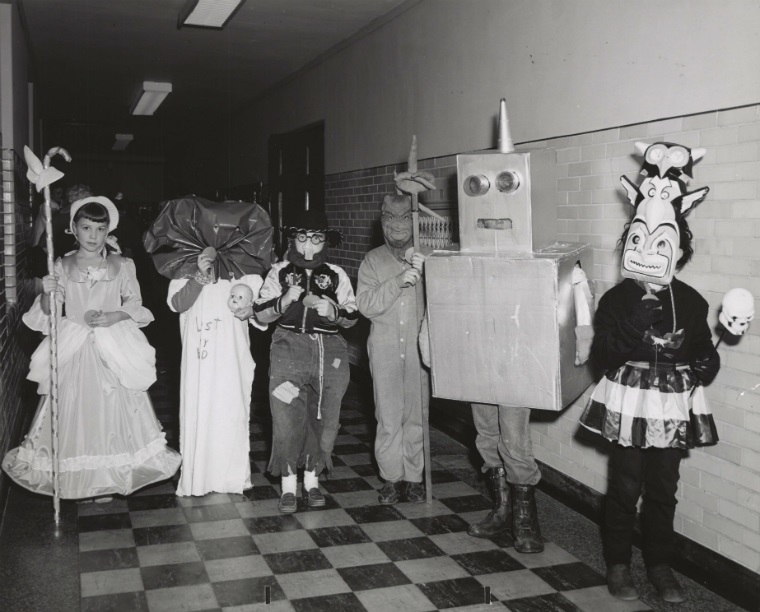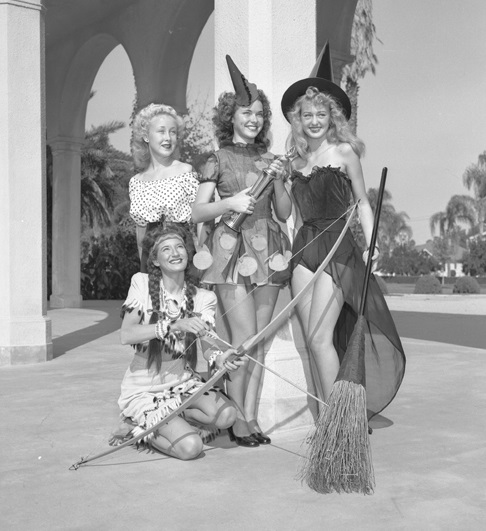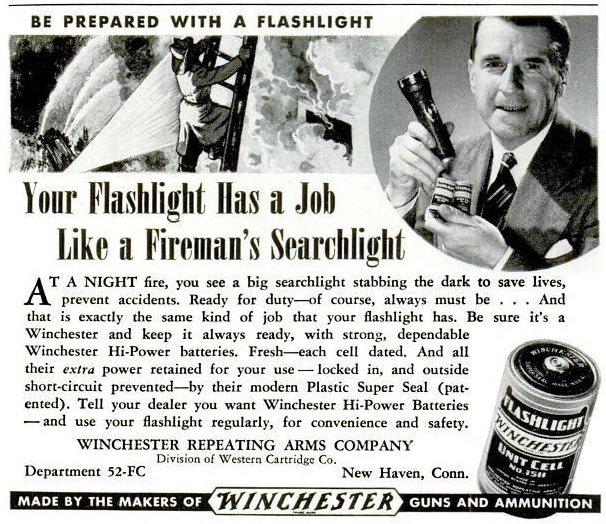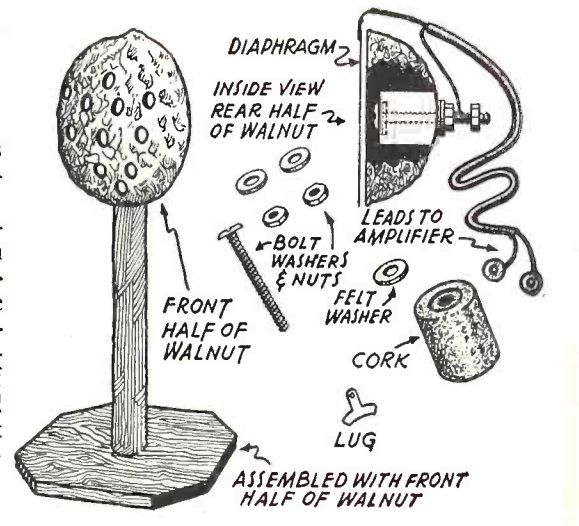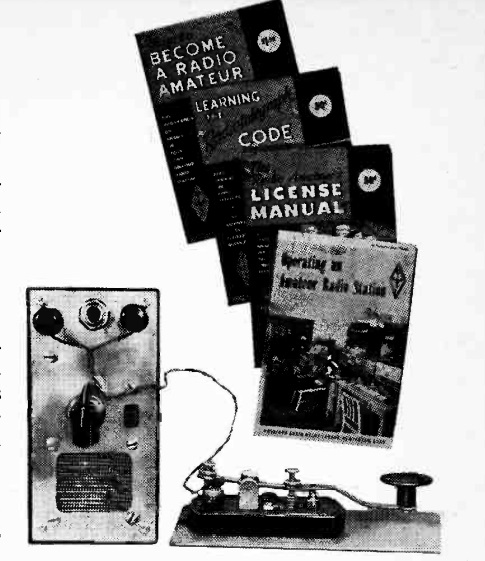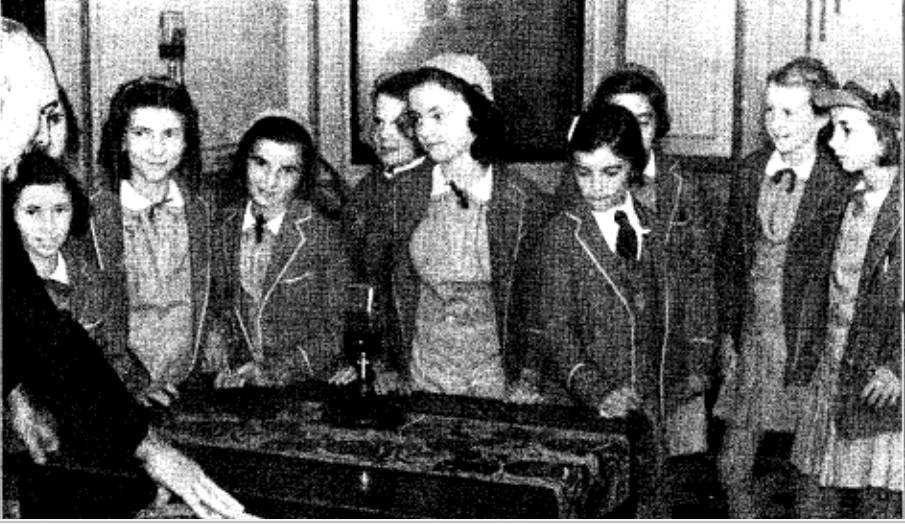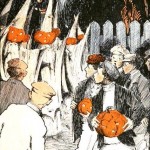 Happy Halloween from OneTubeRadio.com!
Happy Halloween from OneTubeRadio.com!
For Halloween, I am doing a special broadcast for the neighborhood. If you discovered this page from that broadcast, welcome to OneTubeRadio.com, a blog covering mostly radio history, but also other eclectic topics. If you are outside of our broadcast range, you can listen to the full broadcast by clicking the play button below:
Tonight’s broadcast features War of the Worlds, originally broadcast on CBS radio on October 30, 1938. It also includes Halloween music from French artist Chez Mon Plaisir, who has graciously placed the music in the public domain under a Creative Commons 0 license. It is available for download at FreeMusicArchive.org.
We are transmitting with our InfOspot Talking House transmitter, which I previously reviewed at this link. It is an FCC-certified transmitter for the AM band and operates with 100 milliwatts to a 3-meter antenna. Tonight, we are broadcasting at 1610 kHz on your AM dial. It has fairly solid coverage for about two blocks, and in a few spots, can be heard over a mile away. During COVID-19, I have used this transmitter for drive-in educational programs for my continuing legal education business. It is also suitable for other socially distanced activities, such as church services and meetings of community organizations. It could potentially be an important community resource in emergencies. And tonight, I hope it’s providing some Halloween entertainment to the neighborhood.
Reception reports are welcome. You can contact us at como-radio@usa.net.


